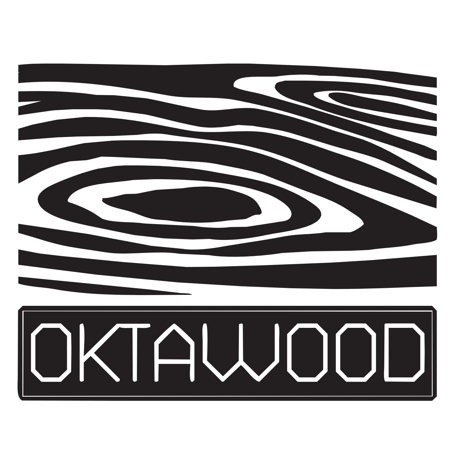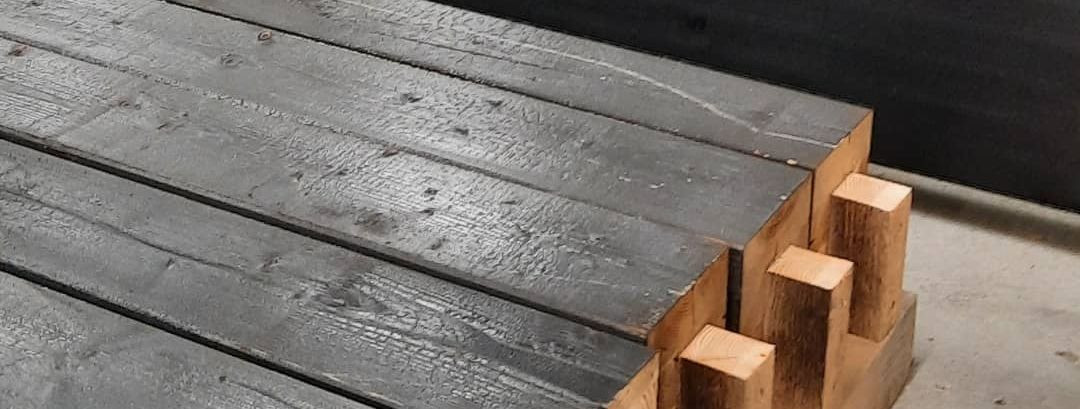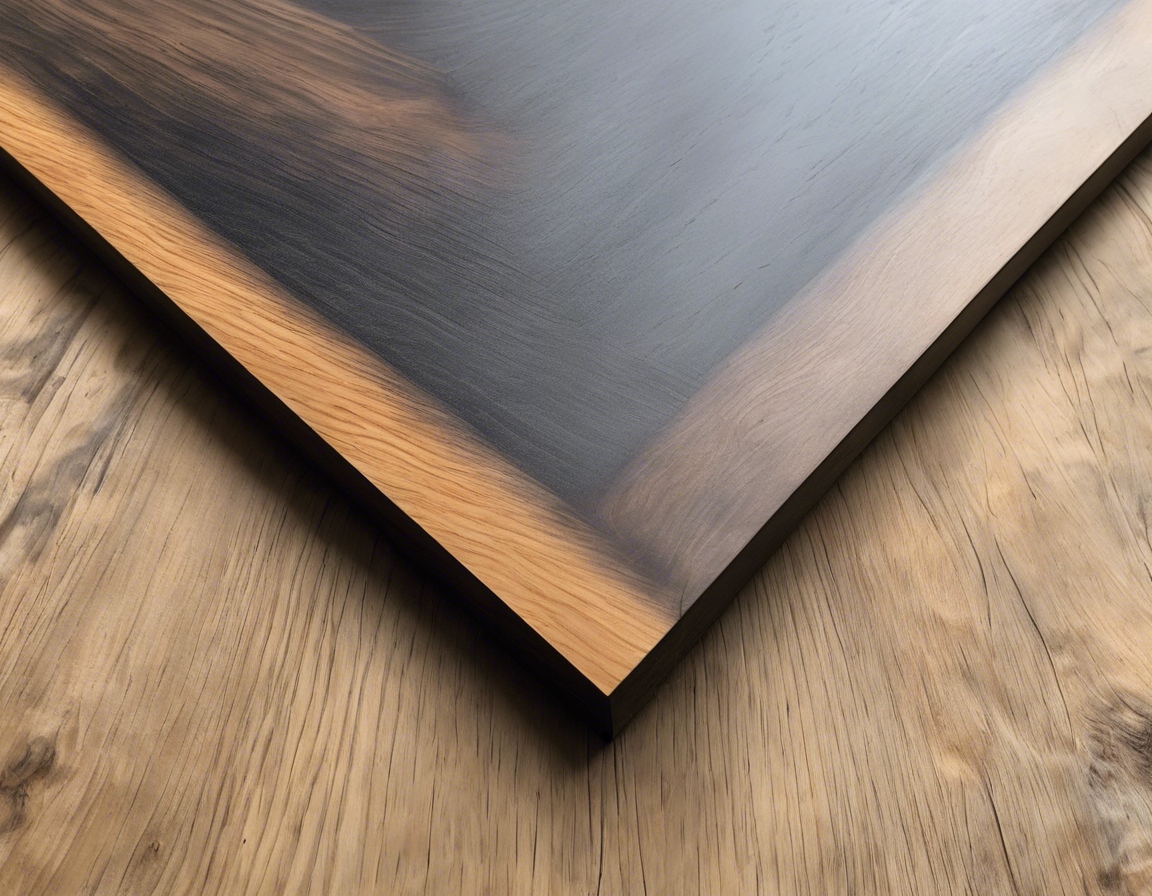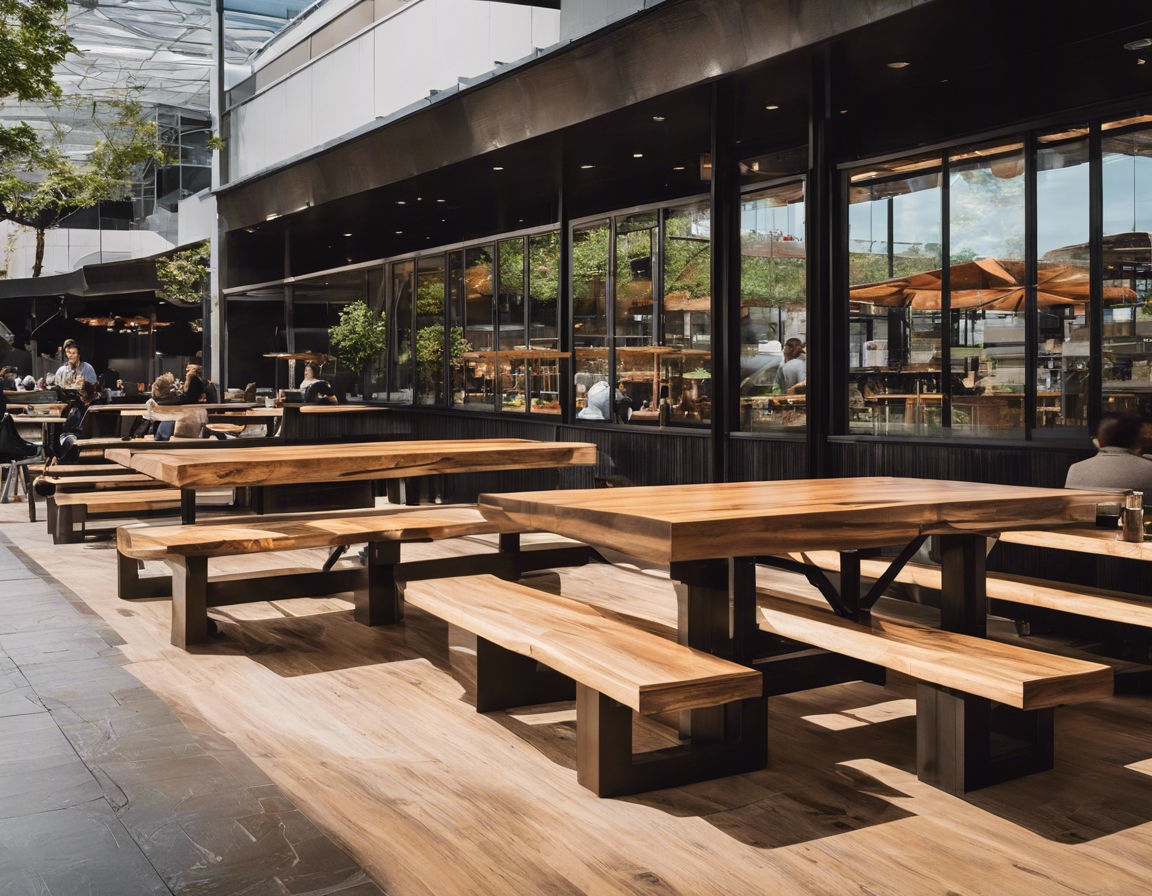5 reasons yakisugi is the future of sustainable building
Yakisugi, also known as Shou Sugi Ban, is an ancient Japanese technique that involves charring the surface of wood, typically cedar, to preserve it. This method not only enhances the wood's durability but also provides a unique, striking appearance.
Originating centuries ago in Japan, Yakisugi was a method developed to protect homes and buildings from the elements. In recent years, there has been a resurgence in its popularity due to its sustainable properties and aesthetic appeal, making it a top choice for modern construction.
Environmental Sustainability
Yakisugi uses cedar, a rapidly renewable resource, which contributes to its sustainability. Responsible forestry practices ensure a continuous supply without depleting ecosystems.
The production process of Yakisugi is energy-efficient, resulting in a lower carbon footprint compared to other building materials. This is crucial in the fight against climate change.
The charring process naturally protects the wood from insects and decay, eliminating the need for harmful chemical preservatives that can damage the environment.
Durability and Longevity
Yakisugi's charred surface is incredibly resistant to weather, including rain, sun, and wind, which contributes to its longevity and reduces the need for replacements or repairs.
Unlike other materials that require regular upkeep, Yakisugi needs minimal maintenance, saving time and resources over the lifespan of a building.
Aesthetic Versatility
The deep, rich textures and colors of charred wood bring a timeless beauty to any structure, blending seamlessly with both traditional and contemporary designs.
Yakisugi can be used in a variety of applications, from exterior siding to interior accents, offering architects and designers creative freedom to achieve their vision.
Thermal Performance and Energy Efficiency
The carbon layer created by the charring process can enhance the insulation properties of the wood, contributing to better thermal performance of buildings.
Improved insulation means less energy is required to heat or cool a building, leading to significant energy savings and a reduced environmental impact.
Adaptability to Various Climates
Yakisugi's resilience makes it suitable for use in a wide range of climates, from humid to arid, cold to hot, ensuring its effectiveness anywhere in the world.
As a material that can adapt to various environmental conditions, Yakisugi is an ideal choice for global sustainable building practices, offering a universal solution to the challenges of climate change.






Comments (0)